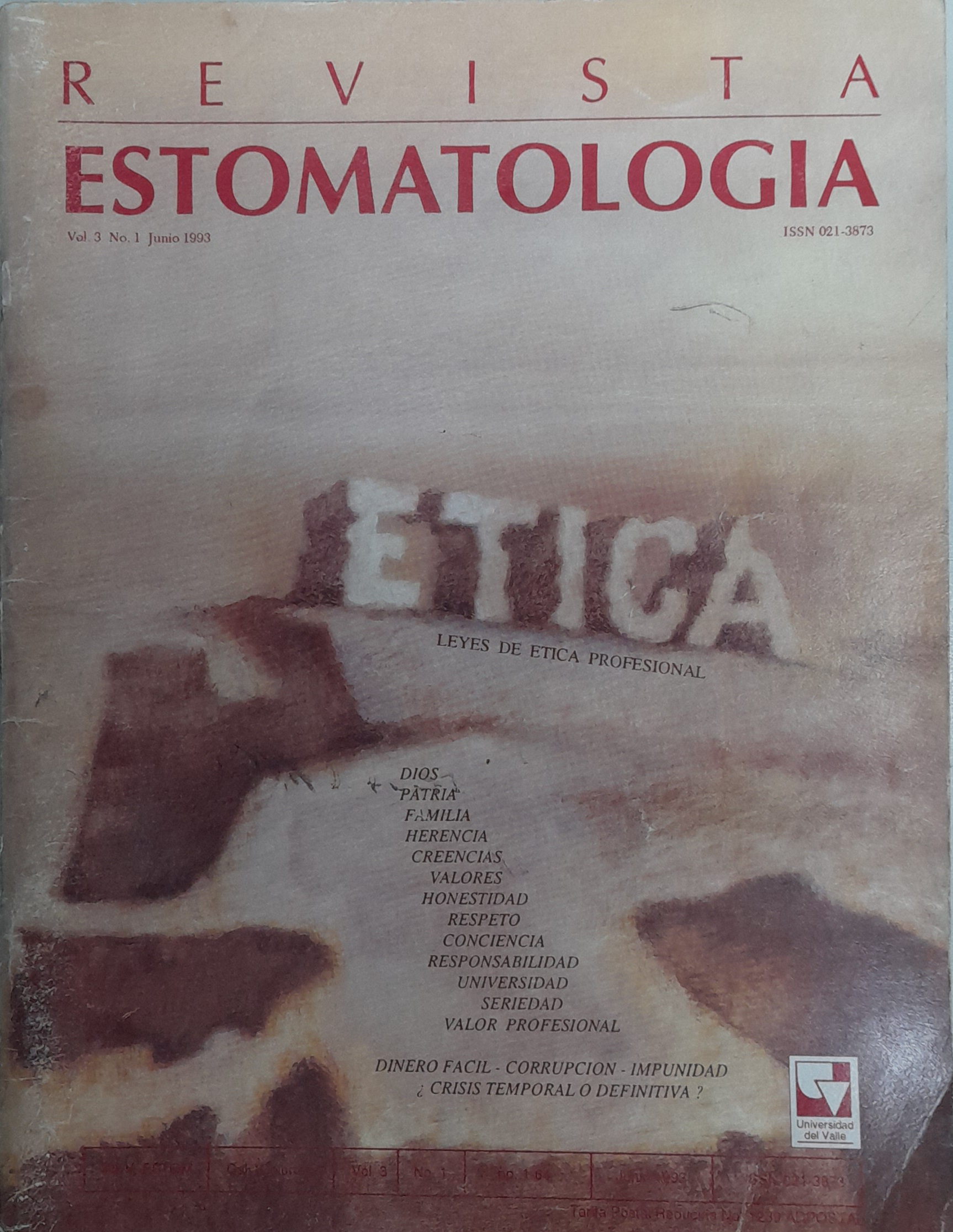Introducción a los implantes oseointegrados
Keywords:
Implantes, Biocompatibilidad, Macroestructura Oseointegración, Rehabilitación, Tejido óseo, HidroxiapatitaMain Article Content
At the moment of selecting acandidate patient to an implants treatmen in whatever way, such as endosseous, juxtaosseous, transosseous, etc., we find a multifactorial problem that depends, among other aspects, upon the biocompatibility of the used material, the macro and microstructure of theimplant the surgical technic, the time and the way as the implantation is loaded, (if it is osseo integrated), and the condition of the receiver bone. Diverse studies and investigations accomplished, basicaly, in developed countries among the ones that are outstanding the Swedish ones, have indicated excelent clinical results, being comparable to the ones that have been obtained in any other kind of odontological conventional treatment when they rehabilitate parcial or total edentulous patients by means of implant. The percentage of favorable cases that overcomes the 93% to 15 years, is established on an observable fact in a structural level when it has to do with osseointegrableimplants, anditis thedirect con nection between the osseous tissue and elemen t that constitutes the im plan t either Titanium Hidroxyapatite, constitutes the implant either Titanium, or any other kind of material that induces to the intimate union, without interposition of the fibrous tissue. That is why our means require to be prepared and informedabout the coverages ofthis therapy, because it would be hasty to consider this alternative as an aplicable one in an indiscriminate way on any dental loose.
Downloads

This work is licensed under a Creative Commons Attribution-NonCommercial-NoDerivatives 4.0 International License.
Los autores/as conservan los derechos de autor y ceden a la revista el derecho de la primera publicación, con el trabajo registrado con la licencia de atribución de Creative Commons, que permite a terceros utilizar lo publicado siempre que mencionen la autoría del trabajo y a la primera publicación en esta revista.

